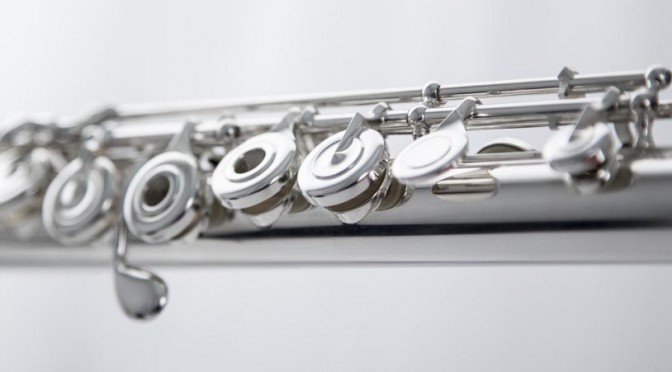When it comes to testing out a new flute, the experience can be overwhelming – what is the best way to test a new flute? We’ve put together our top tips to help you narrow down the choice and find your perfect upgrade flute. Whether you are looking for a step-up instrument or a professional model, follow these pointers to help you on your way!
1. Warm up on your current flute first
It’s natural to be excited about trying new flutes, but don’t test one of the new flutes with Flight of the Bumblebee quite yet – hold back! Get your chops warmed up on your existing flute with some long notes first. This has the added benefit of giving you a reference point for what you are comparing the new flutes to.
2. Scales. Sorry!
Once you’re warmed up, hold off the tunes for a little longer. Play some slow scales on each flute – this will give you an idea of how the instrument sounds across its entire range, and may expose weaker areas.
3. Check the dynamic ranges
This is something that can be done while you are playing scales. Can you play the low register with a strong, full sound? Can you play high notes quietly and sweetly?
4. Test the articulation
How responsive and clean is the articulation? Again, simple scales played slowly and tongued will give you a good idea. Also, try without tonguing (diaphragm only).
5. Get an idea of its tone colours
Play low, simple tunes (good ones are Fauré’s ‘Pavane’ or ‘The Aquarium’ from ‘Carnival of the Animals’), and aim at a very hollow, open sound. Go up an octave and see if you can produce the same sort of sound. It is very important that an instrument is capable of producing a similar quality of sound throughout the full range. Next, try a much harder sound with lots of harmonics, again in different octaves (Moyse 24 Easy Melodic Studies No. 10 – strong and trumpet like, is ideal).
6. Get a friend to help
A listener comes in useful when testing the projection. Some instruments appear to play loudly close up, but cannot be heard at the back of a concert hall. Others don’t sound loud close up, but the sound travels better – this is projection, and can be very deceiving. A good way to test this is to compare instruments while you have a listener outside the room with the door closed: which sounds louder?
7. Be prepared to compromise
You may have a pre-conceived idea of your ‘perfect’ instrument, (in terms of sound, feel or any other area really!). But – take our word for it – it probably doesn’t exist!
8. Be realistic about what an upgrade offers
A new instrument can’t compensate for shortcomings in your playing – only hours of careful practice can do this. But a new instrument gives you the potential to improve your sound in all areas – practice will then make this a reality!


